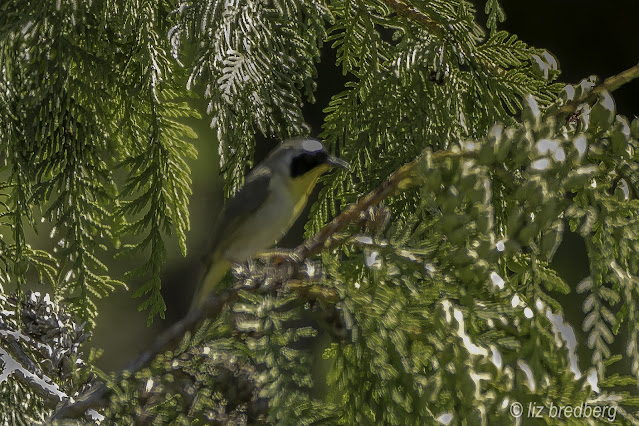29 June
Summer changes the light in the Forest and Wetlands. In part, it's the effect of the position of the sun, but also changes in the density of vegetation provide a new filter for light.
Even on a shaded path, the light has a warmth--not hot, instead welcoming and friendly.
In the Forest, fruit is ripening. Red huckleberry is ripe, tart, and not abundant.
Red elderberries disappear quickly from their branches as birds feast upon them.
Summer fungi are emerging. These mushrooms have been photobombed by a yellow-spotted millipede.
New growths of slime mold are appearing as well.
Pathfinders are blooming--it will be interesting to observe the development of their rather odd flowers.
Salal is starting to form berries, yet to ripen.
By the Marsh, the blossoms of bald-hipped roses have given way to -- well, duh--bald hips.
The hard hack fringing the Marsh is coming into bloom.
The snowpack on the mountains is now listed as 39 percent of average. The Marsh will store water, but the level is worrisomely low for this time of year.
An unusual insect swam about the end of the dock--a brown water scorpion.
Near the dock, a pair of snails mated.
The Marsh is known for the variety and number of dragonflies that inhabit it. This blue dasher is common, but nevertheless striking. It's unlikely that it is actually looking at the camera, but it does appear that way.
A red-winged blackbird worked at feeding nestlings with dragonflies.
A common yellowthroat sang in the trees beside the marsh.
The shift of seasons, with new species appearing, different light, and breeding and nurturing behaviours is a delight for visitors. The fact that we are at the same map co-ordinates from one month to the next doesn't obscure the amazing variance and biodiversity of the place.


















Comments
Post a Comment